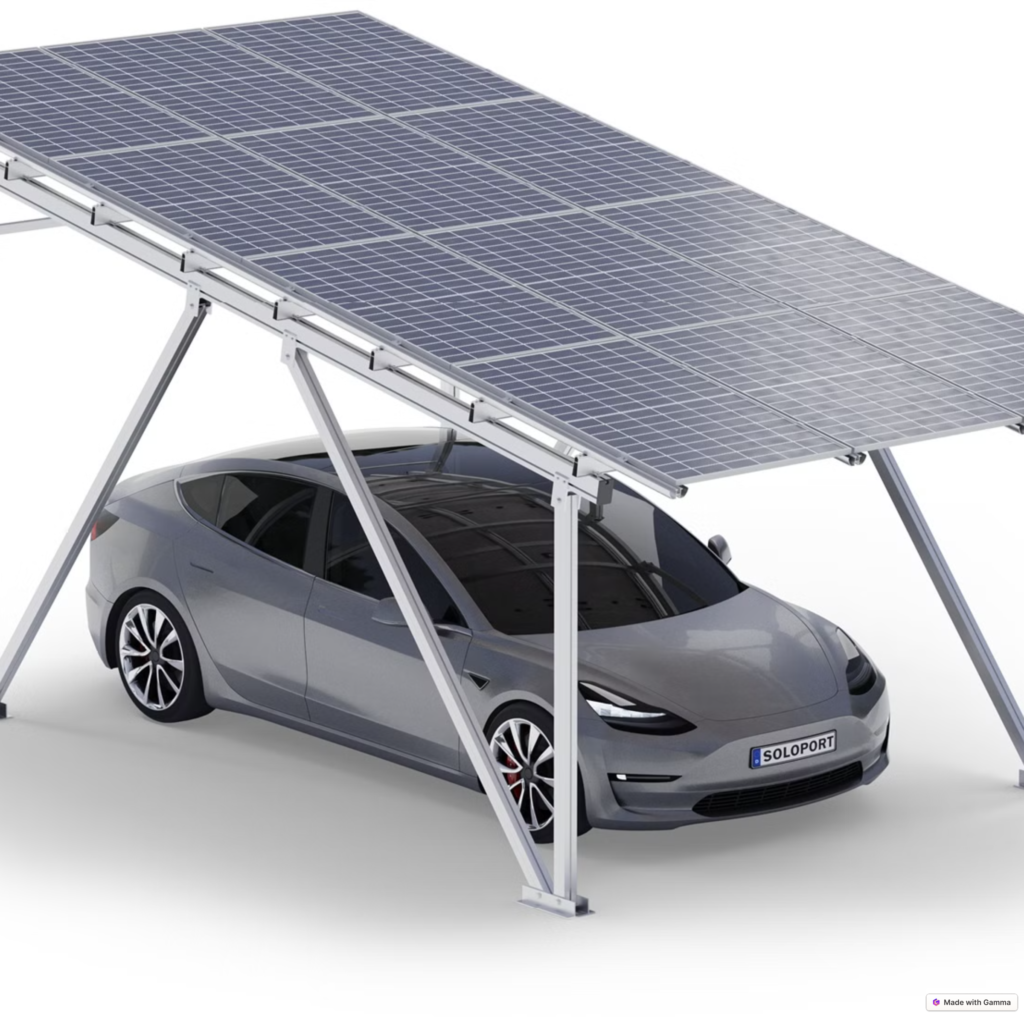The design and installation of junction boxes for solar panels is a key link to ensure the efficient and reliable operation of photovoltaic systems. The following are the main points for the design and installation of junction boxes for solar panels:
Key points of junction box design
Material selection
Weather-resistant materials: Junction boxes are exposed to outdoor environments, so materials with strong weather resistance, such as polyphenylene oxide (PPO), should be selected. These materials have the advantages of high rigidity, high heat resistance, flame retardancy, relatively high strength and excellent electrical properties, and can adapt to various harsh environments.
Sealing materials: The interior of the junction box should be sealed with materials such as silicone rubber sealing rings to prevent moisture and dust from entering and ensure the safety and reliability of the electrical connection.
Electrical design
Conductive materials: The interior of the junction box should use conductive materials with low resistance, such as copper terminal blocks and connectors, to reduce the power loss of the components.
Bypass diode: A bypass diode should be installed in the junction box to prevent the hot spot effect. When a certain cell in a solar cell module is blocked, the bypass diode can bypass the current to protect the cell and the module from damage.
Heat dissipation design
Heat sink: The interior of the junction box is prone to generating heat. It is necessary to design a heat sink to dissipate the excess heat and ensure that the internal temperature of the junction box remains within a reasonable range.
Ventilation design: Some junction boxes are designed with ventilation holes to promote air circulation and enhance heat dissipation.
Protection grade
Dust and water resistance grade: The dust and water resistance grade of the junction box should reach IP65 or above to ensure normal operation under all kinds of adverse weather conditions.
Flame retardant grade: The material of the junction box should have a relatively high flame retardant grade to prevent the occurrence of fire and other safety accidents.
Intelligent control function
Remote monitoring: Some junction boxes are designed with a remote monitoring function, which can monitor the working status of the junction box in real time and promptly identify and handle potential problems.
Intelligent protection: The junction box should be equipped with intelligent protection functions, such as overcurrent protection and overvoltage protection, to ensure the safe operation of the photovoltaic system.
Key points for junction box installation
Preparations before installation
Inspect the junction box: Before installation, carefully check the appearance and internal structure of the junction box to ensure there is no damage, no foreign objects, and it meets the design requirements.
Tool preparation: Prepare the necessary installation tools, such as screwdrivers, wire strippers, insulating tape, etc.
Correct wiring
Color matching: When wiring, ensure that the color of the wires corresponds correctly to the markings on the junction box. Connect the red wire to the positive terminal and the black (or blue) wire to the negative terminal.
Fastening connection: After wiring, use tools such as screwdrivers to fasten the terminal blocks to ensure reliable electrical connections.
Insulation treatment: After the wiring is completed, the exposed parts of the wires should be insulated to prevent safety accidents such as electric shock.
Fixed junction box
Select the appropriate fixation method: According to the installation method of the solar panel and environmental conditions, choose the appropriate fixation method, such as using screws for fixation, clips for fixation, etc.
Ensure stability and reliability: When fixing the junction box, make sure it is stable and reliable to prevent it from loosening or falling off due to wind, vibration or other reasons.
Inspection and testing
Visual inspection: After installation is completed, the appearance of the junction box should be inspected to ensure there is no damage, no foreign objects, and it meets the design requirements.
Functional testing: Conduct functional testing on the junction box, including checking whether the electrical connection is reliable and whether the bypass diode is working properly, etc.
Safety protection
Lightning protection: In areas with frequent lightning strikes, lightning protection measures should be taken, such as installing lightning protection devices, etc.
Grounding treatment: Ensure that the grounding treatment of junction boxes and solar panels meets safety requirements to prevent safety accidents caused by leakage and other reasons.
Precautions
Avoid high-temperature environments: The junction box should be kept away from prolonged exposure to high-temperature conditions to prevent any impact on its performance and lifespan.
Prevent mechanical damage: During installation and use, mechanical damage to the junction box should be avoided, such as impact and squeezing.
Regular inspection and maintenance: Regularly check the working condition of the junction box and the electrical connection situation. If any problems are found, they should be dealt with promptly.


